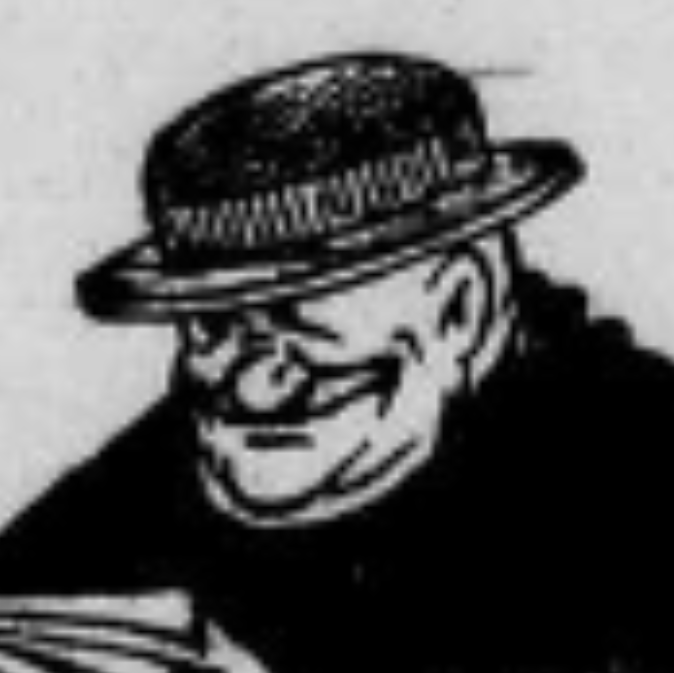Hey, want to read several thousand Everett True comics? Look here: https://chroniclingamerica.loc.gov/search/pages/results/?date1=1777&rows=50&searchType=basic&state=&date2=1963&proxtext=Outbursts+of+Everett+True&y=13&x=19&dateFilterType=yearRange&page=1&sort=date
Pick one and post!
That bird better watch out!
I don’t know if I can get on his side for this one.
I think this is the equivalent of “don’t play your bluetooth speaker in the park.”

He just wants to hear the birds.
Why is that secondary nazi symbol on his glove in the second frame? This is1919, and at this point the “nazis” was a small political group with like 20 people…so I am confused.
I think the cross just marks the point where their bodys connected.
That makes more sense!
The sign was used by the Nazis, however the iron cross is older than them like alcoholicorn said. You can still see it on a decent amount of German military equipment.
Also not to mention in this context it’s supposed to resemble the x mark you’d see portrayed on treasure maps.
I doubt that symbol had any meaning back then. The artist probably just thought it looked nice.
The Iron Cross was an old Prussian symbol before the nazis adopted it, used as a military award. It still was used in military contexts for quite a few years after the war, IIRC, the finns stopped putting it on their planes in like 2016.
It would probably have been known in 1919, WWI and all.
But this isn’t that, this is just an X
Yep. TIL the Iron Cross is called a “Cross pattée” (or French for “footed cross” bc it widens into feet, see?) and is still used in several national and local coats of arms. After WW1 the German Wehrmacht used the “Balkenkeruz” (“bar cross”) until the end of WW2. But in this cartoon it’s just an “x marks the spot” character, like on a treasure map.





